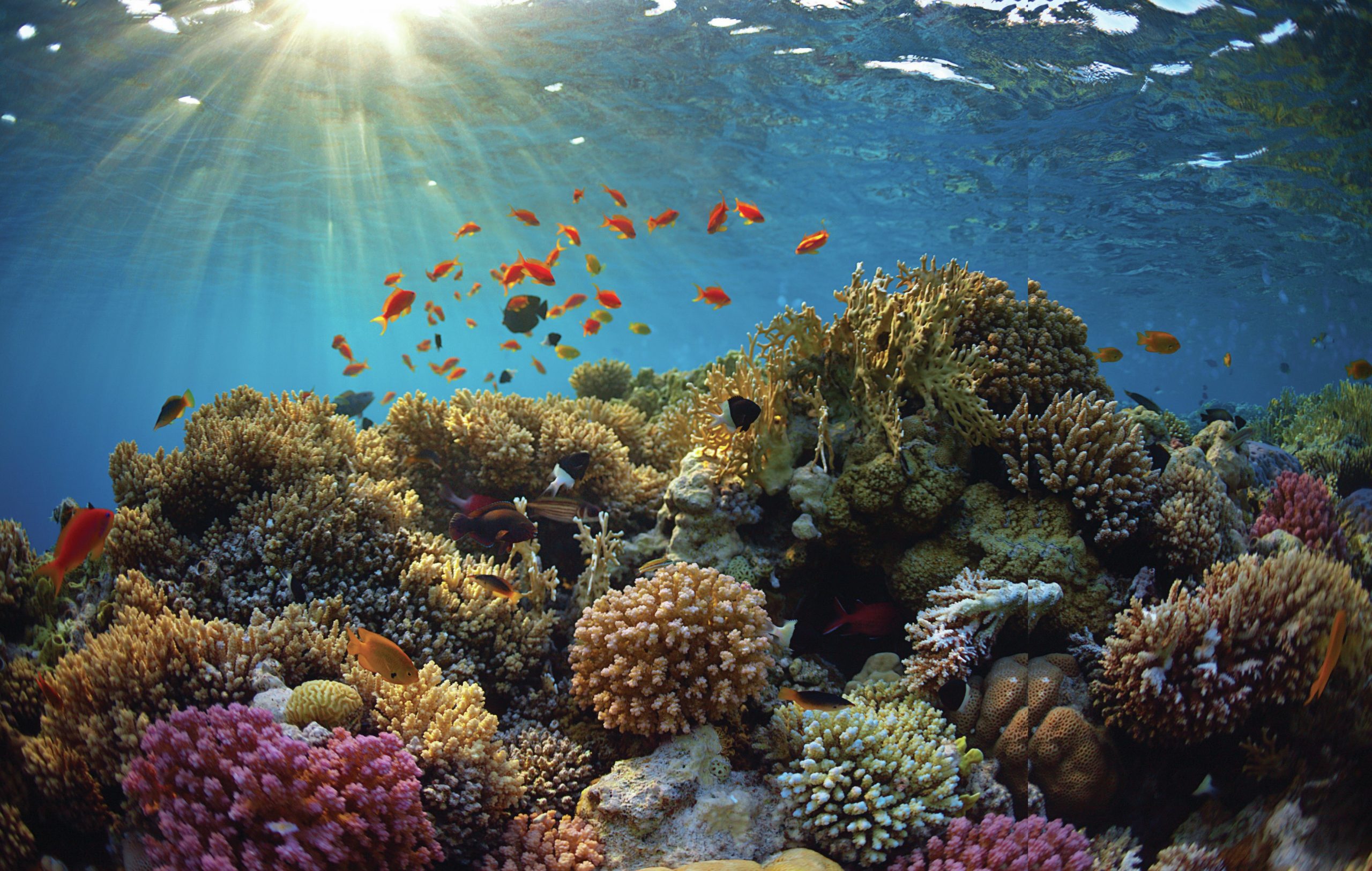
Coral reefs are complex, shallowwater ecosystems dominated by the presence of structure-building hard corals. These are colonies of small clear-bodied animals (or polyps) which excrete white protective calcium carbonate skeletons with a range of morphologies. The polyps do not photosynthesise but have a symbiotic relationship with algae known as zooxanthellae which live inside their tissues and provide the polyps with nutrients. It is the algae which give the corals their colours. A coral reef takes thousands of years to build.
Reef-building corals can only survive within a narrow range of environmental conditions. The main limitations are salinity, depth, carbonate-ion concentration and nutrient levels, but the key limiting factor is sea surface temperature (20–32°C). It is for this reason that coral reefs occupy less than 2% of marine environments and less than 1% of the Earth’s surface, between 30°N and 30°S.
Your organisation does not have access to this article.
Sign up today to give your students the edge they need to achieve their best grades with subject expertise
Subscribe




